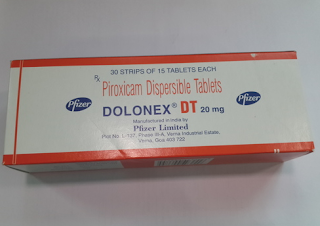Rare Picture karunanidhi and sivaji
Tamil cinema has played a vital role in Dravidian politics in the South Indian state of Tamil Nadu. Films have been influential in Indian politics since the days of the British Raj, when movies were used for anti-British propaganda. Nevertheless, the leaders of the Indian National Congress viewed movie media with contempt. It was the Dravida Munnetra Kazhagam (DMK), a Dravidian party, that made extensive use of this media for propaganda purposes. Adversaries of Dravidian parties despised the use of films and screen popularity for political gain, and Congress leaders like K. Kamaraj questioned the possibility of movie stars forming governments.
C. N. Annadurai, the first Chief Minister of Tamil Nadu from a Dravidian party, was the forerunner in introducing Dravidian ideologies into movie scripts. Of the movies made by Dravidian politicians Parasakthi (1952) was a turning point, as it was a huge box office hit and made radical comments against the social hierarchy set by the caste system and glorified the Dravidian movement. M. Karunanidhi, former Chief Minister, scripted the screen play for Parasakthi, in which Sivaji Ganesan and S.S.Rajendran, two founding members of the DMK, made their screen debuts.
Movies produced by the DMK Party received severe censorship from the then ruling Congress government. According to Murasoli Maran, a former Union Minister from DMK, the censors would remove parts of the movies, so that the coherence of the screen play was lost, making the movies a box office failure. The script writers used equivocating phrases and words to evade the censorship.
Five out of seven chief ministers from Dravidian parties were actively involved in Tamil cinema either as writers or as actors. M. G. Ramachandran, Jayalalithaa was the most successful. He launched his own Dravidian party after personal differences with the leaders of DMK, and rose to power as Chief Minister of Tamil Nadu mostly with the help of his movie fans and low level cadres. The legacy of politics in Tamil filmdom still continues, though less prominently than in the 1950s to 1970s.




Comments
Post a Comment